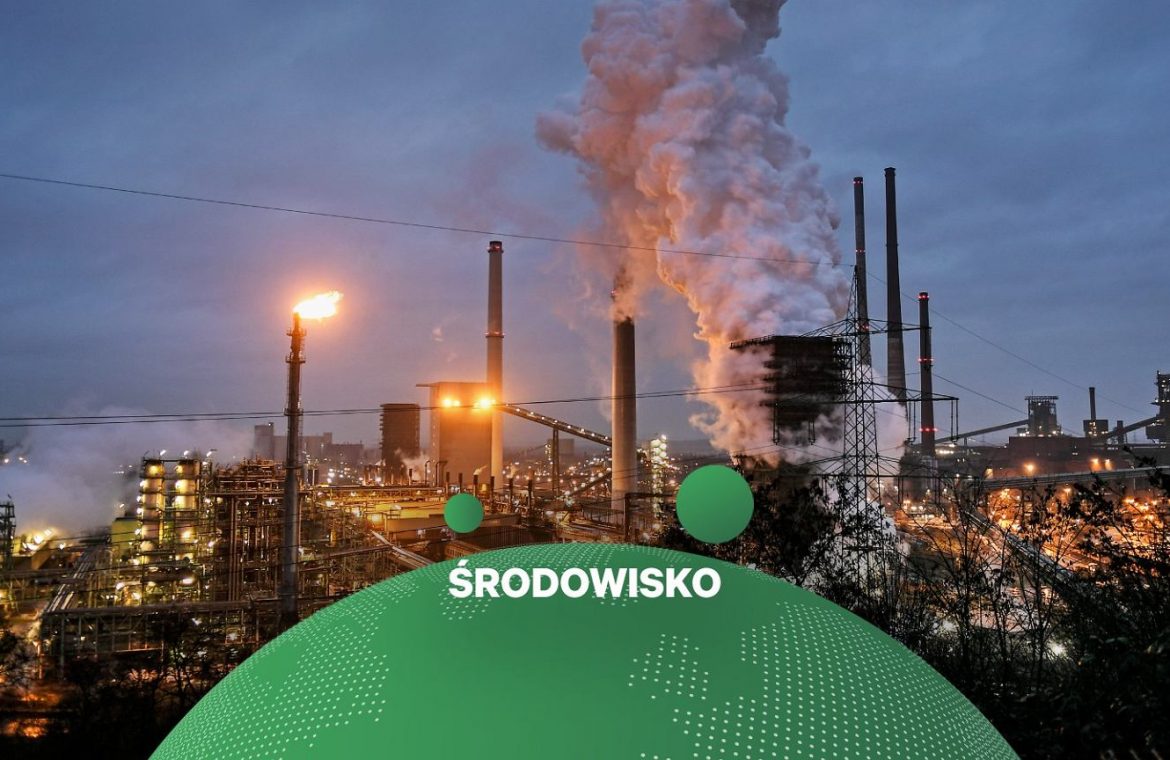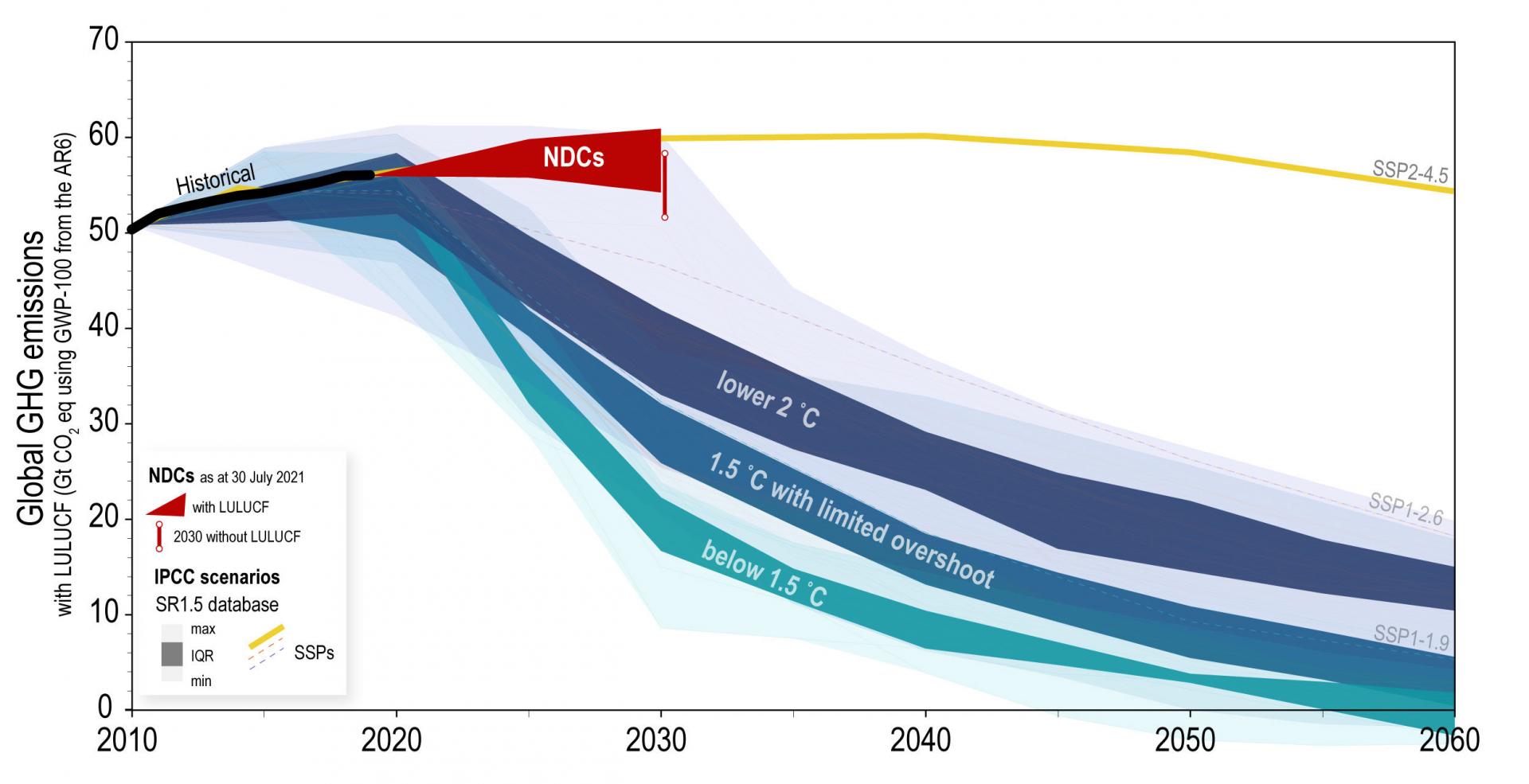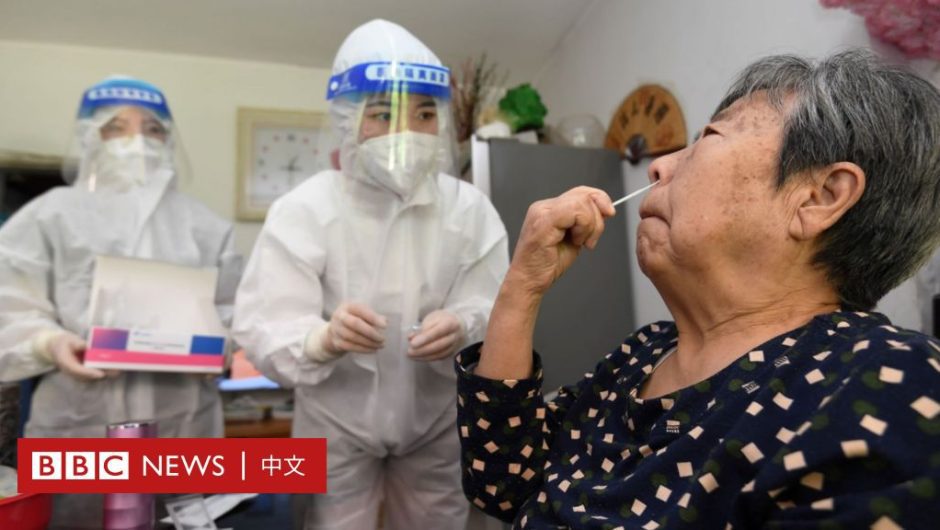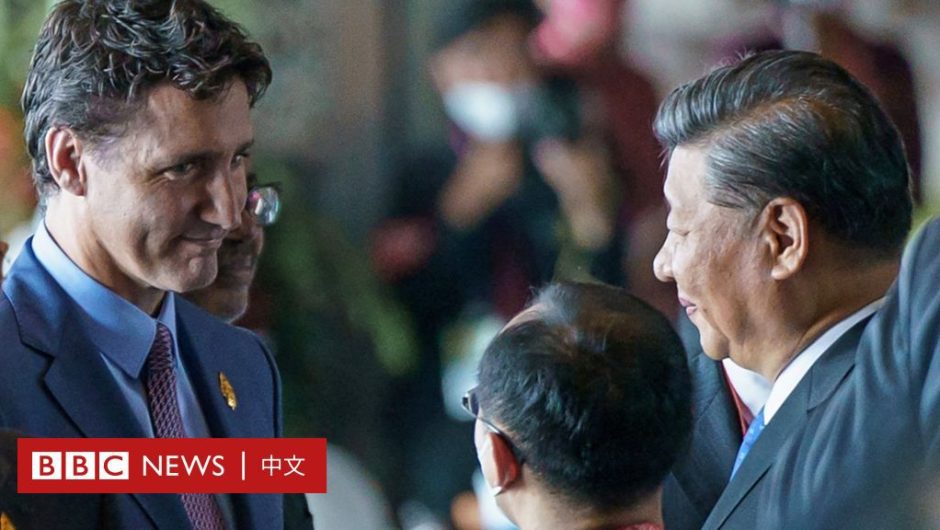The COP26 climate summit is fast approaching. The meeting of delegates from around the world, which begins on November 1, is more awaited than it was supposed to take place a year ago and has been postponed due to the COVID-19 pandemic. Moreover, the negotiations will take place in the shadows A deeply disturbing report by scientists about progress on climate change And the effects of the crisis we are seeing all over the world: more severe floods, heat waves, fires and hurricanes.
Appeared 1.5 months before its debut Another report with less optimistic conclusions It is directly related to global climate negotiations. In line with the Paris Agreement, countries set their own contribution to the global goal of keeping warming below 2°C, with a target of 1.5°. These national plans must be updated every five years, and this year is the deadline for their first update. However, a large percentage of countries have not yet done so. Updated plans (NDCs – Nationally Determined Contributions) are insufficient, and taking into account those that have not yet been updated, it turns out that the world is not even close to stopping the climate crisis path, according to a UN report.
Too far from the target
The report is a compilation of the current plans of the countries (formerly the European Union) – parties to the Paris Agreement, which were prepared before the COP26 climate summit in Great Britain. It includes both those that have been recently updated and those that have not changed for years – starting with 191 pages of the agreement in all.
To have a good chance of stopping global warming to 1.5°C, we need to reduce global emissions gases greenhouse by 45 percent by 2030. For a threshold of 2 ° C, it is necessary to reduce emissions by 25%.
The new NDCs have so far submitted 113 countries, including the entire European Union, and they cover nearly half of global greenhouse gas emissions. Taking into account this group of countries with only new targets, emissions will be reduced by 13% by the end of the decade. by 2030 (if these plans are implemented). That’s still too little to achieve the higher 2°C target.
It gets even worse when we include the remaining countries that have not updated their NDCs. An evaluation of all plans shows that their implementation will mean not a reduction, but an increase in emissions by 16%. at the end of the contract. This gap can be seen in the chart below of the UN Climate Change Agenda: shades of blue show the emissions pathways needed to halt warming at 2°C and 1.5°C, while red shows the trajectory generated by the current plans of the parties to the Paris Agreement. Such a path would lead to a warming of nearly 3°C by the end of the century.
Moreover, our “carbon budget” – the amount of greenhouse gases we can emit up to a certain warming limit – is melting very quickly while we maintain, let alone increase, current emissions. When implementing our current plans, we will be using 89 percent by the end of this decade. Carbon budget with a chance to stop 1.5°C warming.
Appeal to the largest economies
Experts note the special role that the world’s richest countries play in reducing emissions. The G-20 countries are responsible for up to three-quarters of the world’s emissions.
The G20 countries must take the lead in cutting emissions quickly to mitigate climate change. It is the countries that have the most opportunities, as well as those that bear the most responsibility. They should have treated this crisis as a real one for a long time, said Sonam B Wangdi, chair of the Least Developed Countries Group on Climate Negotiations. He believed that the current G-20 commitments were “far from sufficient” to achieve the goals of the Paris Agreement and “to protect our planet and all its inhabitants.” We need to see more ambition on the part of this group. He added that we expect G20 countries to enhance their NDCs even before COP26.
Some G20 countries do not have more ambitious plans, and some even assume higher emissions than previously assumed. New and more ambitious goals were introduced by the European Union, the United States, Great Britain, Canada and Argentina.
Another group – India, Saudi Arabia, Turkey and China (currently the largest emitters of greenhouse gases) still did not provide updated targets. Australia and Indonesia have new NDCs, but the goals are the same as in previous NDCs, according to an assessment by Climate Analytics and the Water Resources Institute. On the other hand, Brazil and Mexico expect to increase greenhouse gas emissions in the new plans compared to previous versions. in the last Russia Send a plan with the goal of increasing emissions even higher than their current path, he told climateactiontracker.org.


.jpeg)






